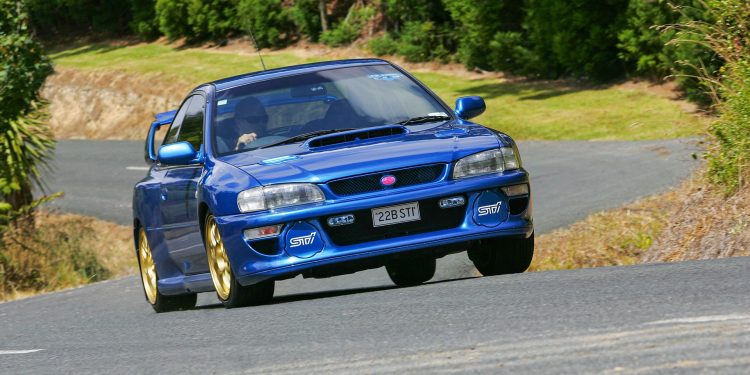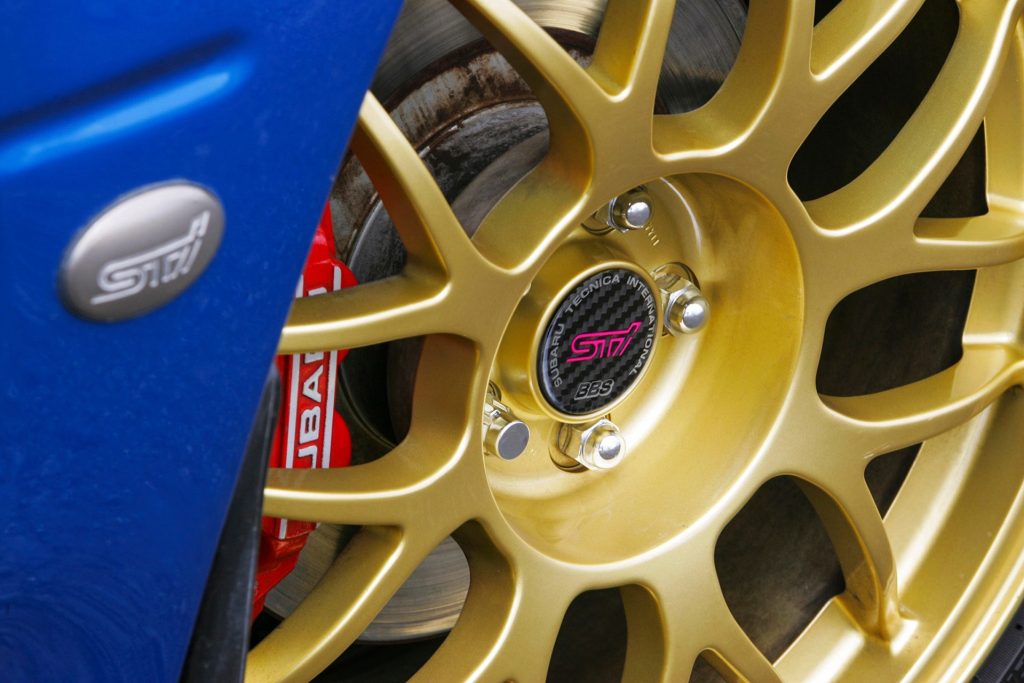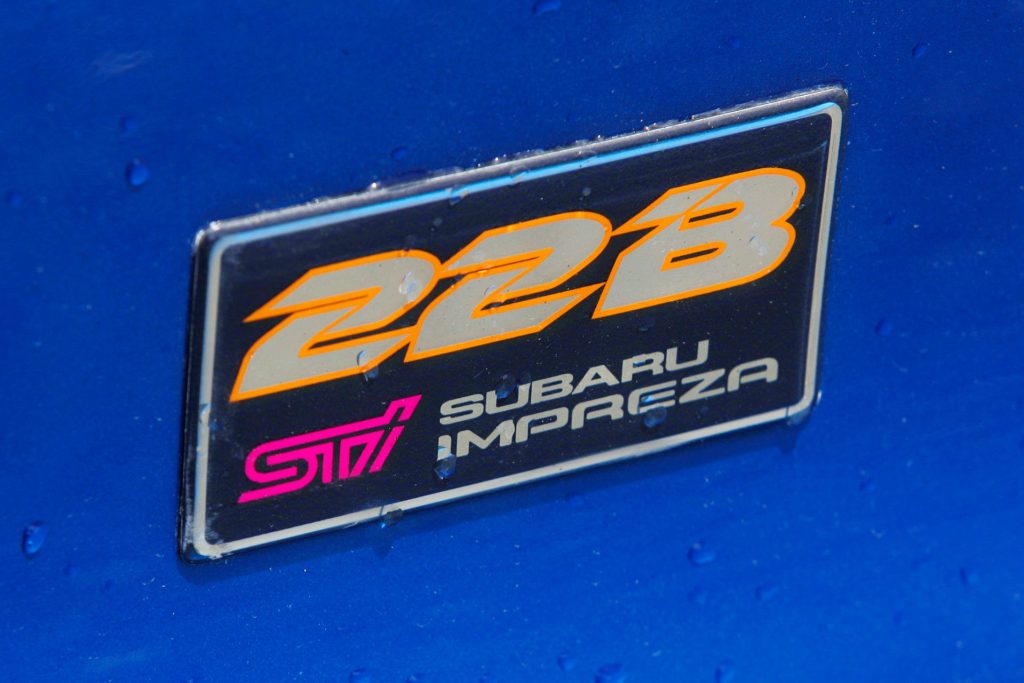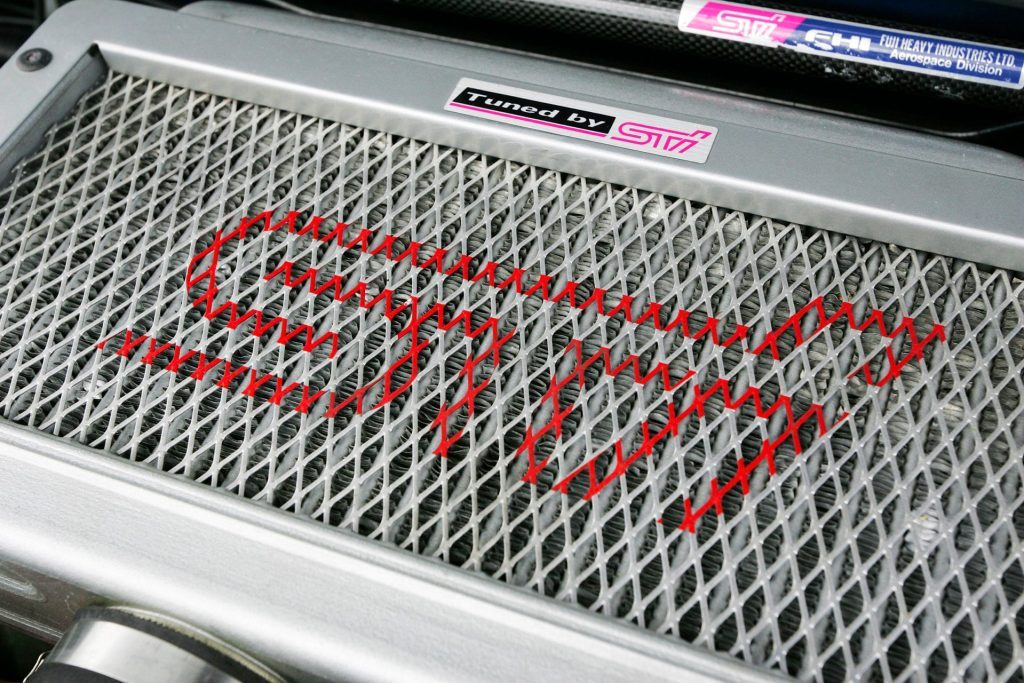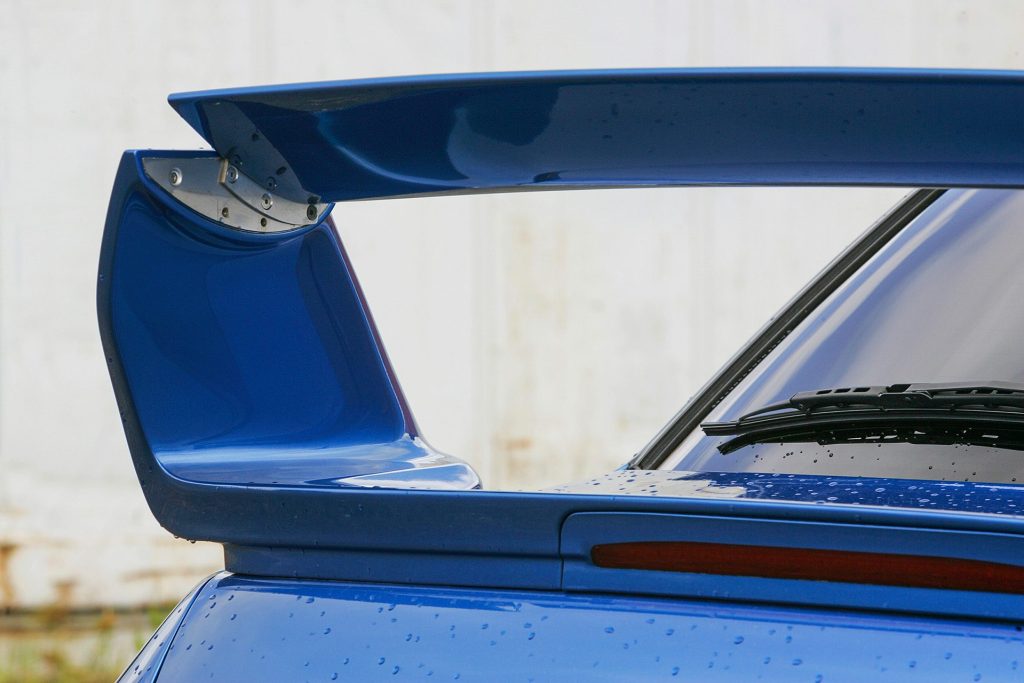1998 Subaru Impreza WRX STi 22B review
Words: Kyle Cassidy | Photos: Tom Gasnier
In anticipation of the new WRX, we delve into the archives to remember the time we drove the ultimate Subaru, the 22B.
As touring car championships dumped the Group A formula, so too did the World Rally Championship, roaring off down a new path with purpose-built racing machines. While the new World Rally Cars resembled models available from the manufacturer, they were nothing like the showroom wares available to punters. About the closest any car maker came to achieving more than a passing likeness was Subaru with this car, the 22B STi. Launched in March of 1998, the 22B made its first appearance at the Tokyo Motor Show in 1997. Badged as the WRCar-STi, it was built to commemorate both the 40th anniversary of Subaru and the third consecutive WRX manufacturer’s title won by the rally team.
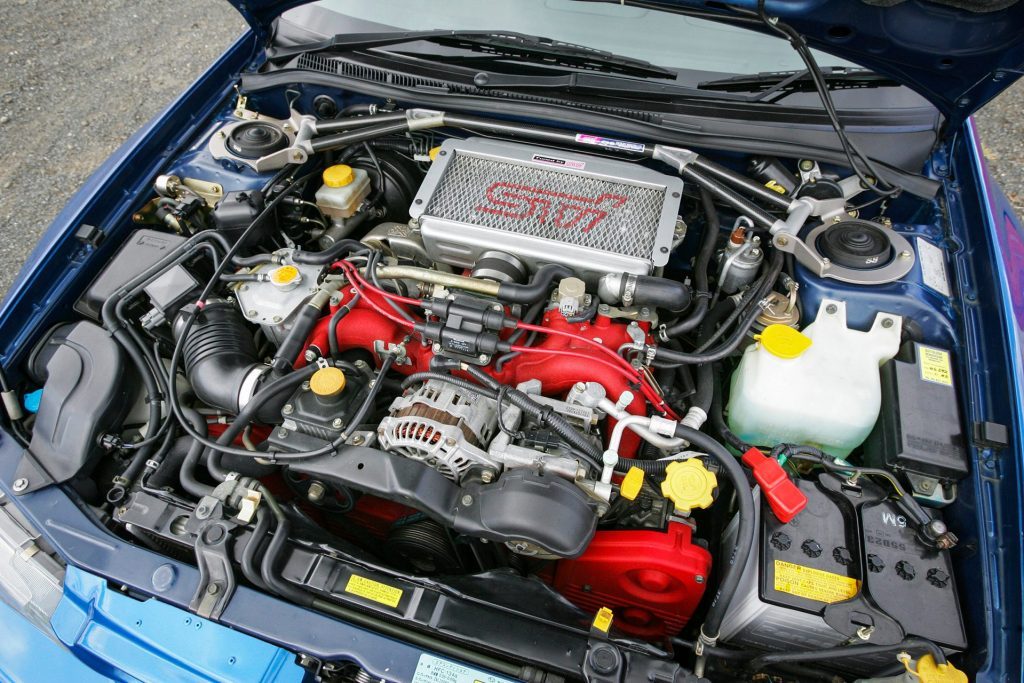
Although it looked pretty much like a road-going version of the WRC car, it wasn’t a direct replica. Differences included reshaped wheel arches matched to the unique 17-inch BBS alloys, a taller rear wing, differing front and rear treatments, and smaller bonnet vents. The body panels were constructed of conventional steel rather than the exotic carbon fibre of the rally machine. Those flared arches made the car 80mm wider than the regular coupe, and the adjustable rear wing was big, even by STi standards.
It had a new heart too. A larger bore turned the EJ20 into an EJ22, with a capacity of 2212cc and a larger IHI turbo was bolted on. With a better intercooler, the EJ22 produced the Japanese maximum output of 280bhp at 6000rpm, but it was the increased torque of 363Nm at 3200rpm that gave the 22B its performance edge, the wider power band benefiting driveability. Largely hand assembled, the tuned engine featured a more rigid, closed-deck cylinder block, a metal head gasket, lightweight forged pistons, and sodium-filled exhaust valves. Large custom-made fuel rails and injectors supplied extra juice. The whole assembly was overseen by a reprogrammed ECU.
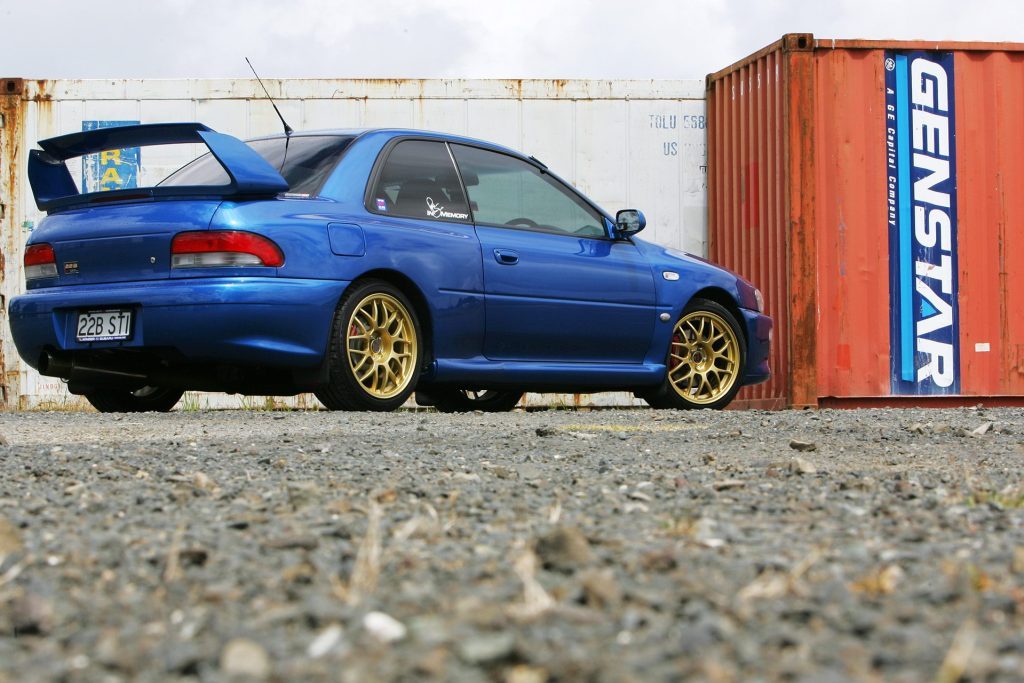
The low-ratio gearbox was shared with the RA model, but for the 22B the cogs underwent a hardening treatment, the driveshafts were uprated, and the AP Racing clutch was a ceramic twin-plate jobbie with special ‘dumpers’ for better release action. The adjustable centre diff allowed the driver to vary the torque split from 35:65 front-to-rear to a fully locked 50:50, while up front the regular differential was substituted for a helical type to improve traction and reduce power-on understeer.
The wider body allowed for an increased track, up 10mm at the front and 40mm at the rear. Using the same Mac strut design, the 22B had uprated bushings, alloy lower arms, and inverted Bilstein shocks with specific Eibach springs. The spring and damper combination was tuned by Prodrive, which was closely involved in the overall design of this car. Braking, meanwhile, was handled by 294mm front discs with four-piston calipers, and 290mm rears with two-potters, but no ABS. A quicker steering rack with 13:1 ratio was used. All up, the 22B weighed in at a claimed 1270kg, its mass split 57:43 front to rear.
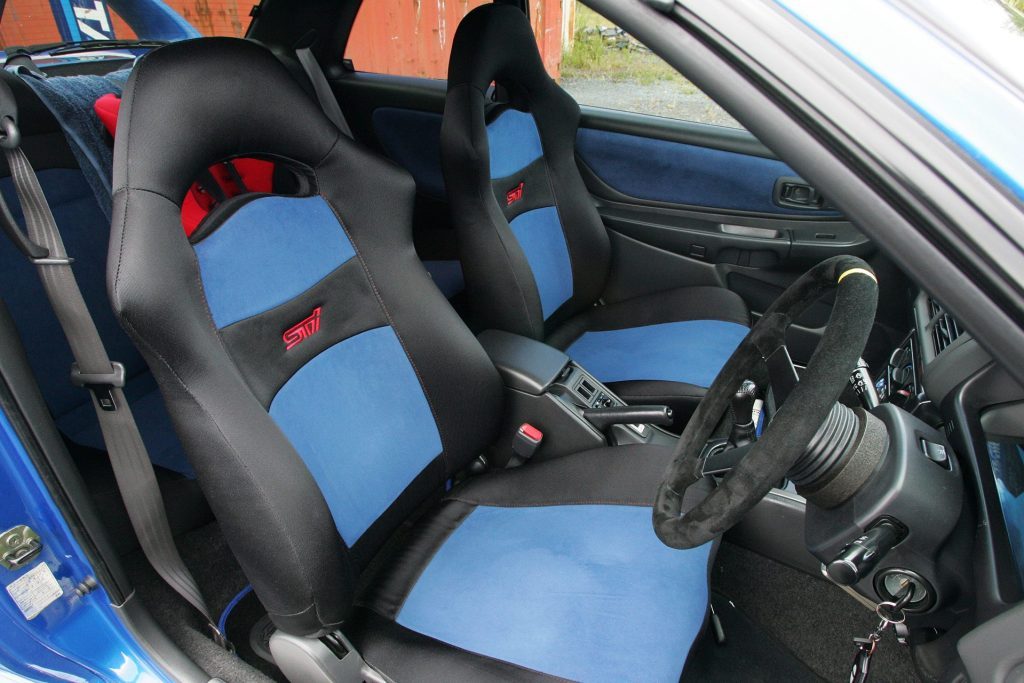
Interior appointments saw special seats and a Nardi wheel. Air conditioning, electrics, and central locking all featured, although a stereo did not. A limited edition, only 399 22B’s were made, all of them accounted for within 24 hours of release.
A few made it here. Back when we drove this car, it was owned by WRX STi Club president and founder, Darryl Jhinku. Even back then he said that parts were hard to come by; a clutch replacement entailed a six-week wait while AP Racing in England engineered a correct factory replacement. This car was pretty much standard, save for its stainless headers and exhaust.
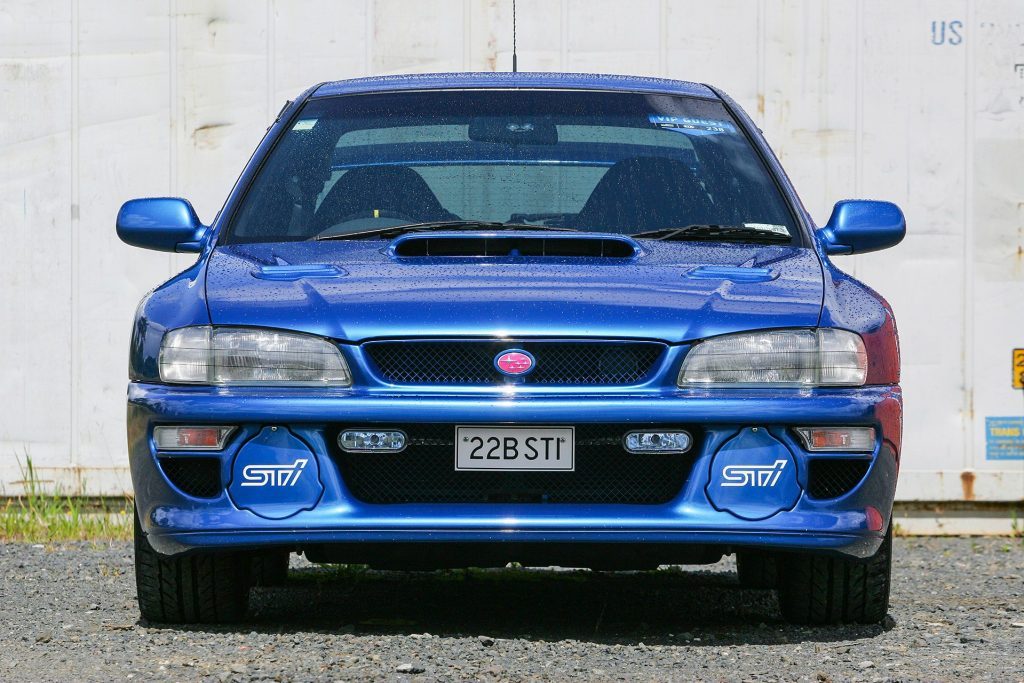
Even a brief drive quickly revealed the uniqueness of this model; it was certainly more than just a warmed-over STi. Against the contemporary WRX and STi stablemates of the time, the 22B stepped up to another league. The engine still retained it’s flat-four characteristics but revved with more vigour thanks to lighter internals. It was on boost sooner, and the stouter midrange gave it bull-like pull, while the low, closely stacked ratios of the gearbox also made it feel that much keener. The quicker steering felt as though it had less assistance; while it was heavy on centre, it fizzed with feedback. Get used to its razor-like turn-in, and you’d find you could place the nose right where you intended. Combine this with the efforts of the front torque-sensing diff and the big grip, and you were on line quickly and on the power early, knowing there was plenty of traction to keep you trucking on through.
She was a bit stiff though. The ride was harsh, and the 22B crashed over big bumps where newer machinery would handle the task better. The brakes had thoroughly decent bite to them though, provided you gave the pedal a good stab but you couldn’t overdo things as there was no ABS.
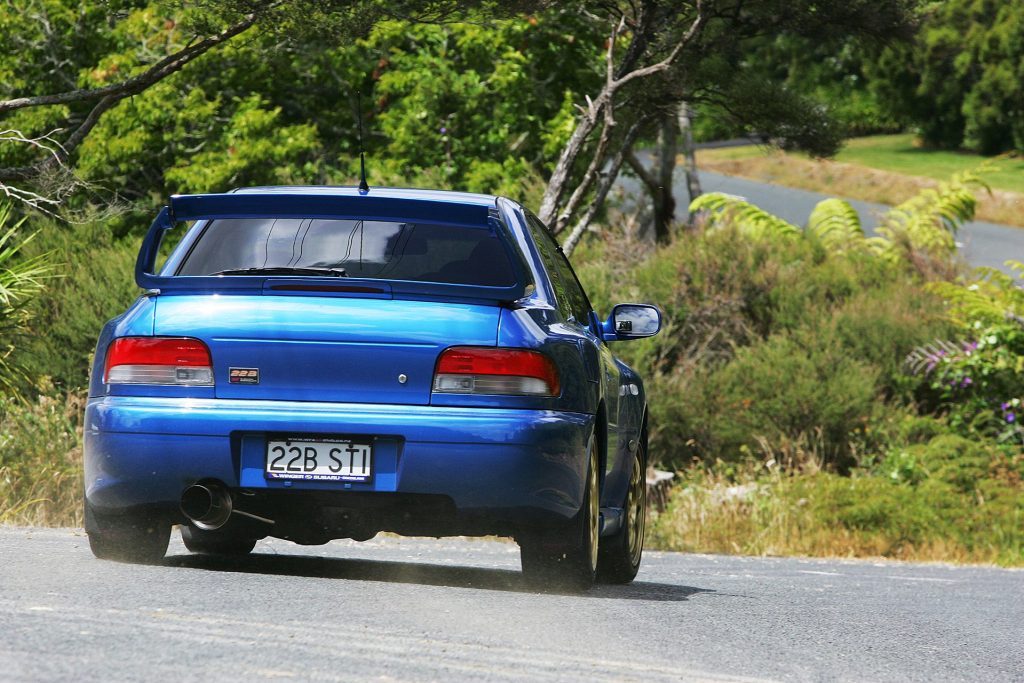
The gearbox action blotted the copybook; it was super-notchy, and the hardened gears sometimes refused to mesh sweetly, particularly heading into third and down into second. It wouldn’t be rushed around the gate either. With the low gearing and low-down pull, third and fourth gear sufficed for most tasks, with second needed only for the really tight corners. The engine thought nothing of revving out neatly to over 7500rpm, but it was better to shift around 65000rpm and get back into that torque.
The 22B was not a car that did it all for the driver, like new models tend to; you had to work away at it. Get it all right though, and it was a satisfying rocket to pilot. Cars that were special for a few years sometimes lost their shine pretty quickly, especially when compared with their successors but not here: this special edition can still cut it.
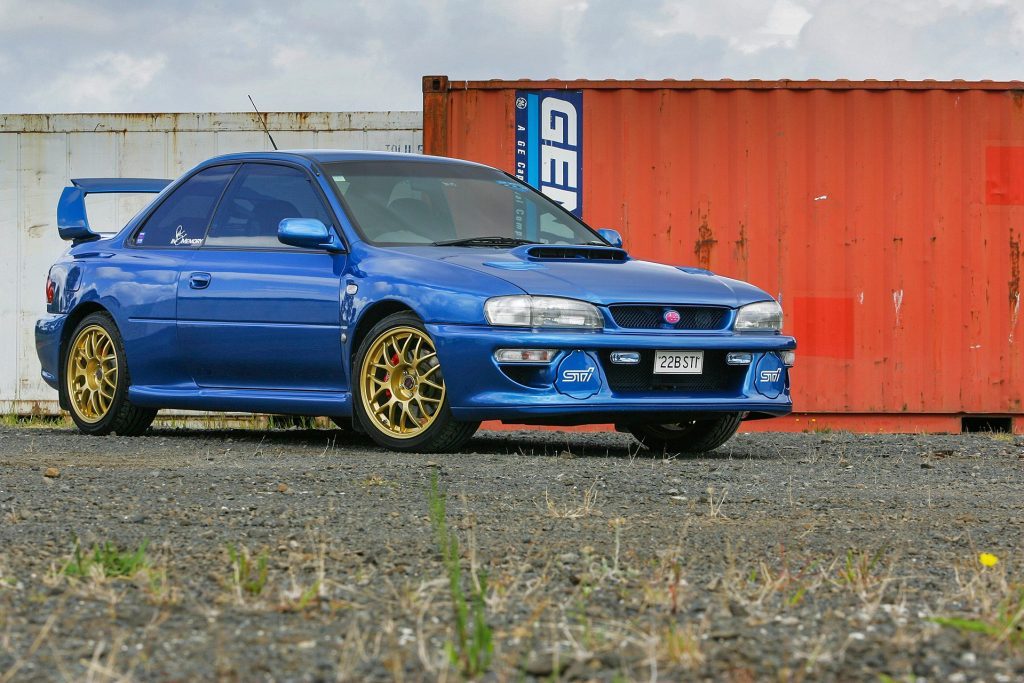
The original $NZ120,000 price tag for the 22B was something a little special back then too but values are even steeper now. One sold for £73,000 in the UK in 2016, but highlighting the escalating price of these cars, another sold for £171,000 ($NZ332,000) earlier this year with 49,000 miles on the clock. Back in 2017, the supposed prototype for the 22B, which was displayed at the 1997 Tokyo Motor Show, went for £113,500 in the UK. Imagine what that would be worth now. A 22B sold in America for $US312,555 ($NZ435,000) at auction just recently, a possible world record sum for a Subaru. It would sure be nice to have a 22B in the shed, and we know of one Kiwi with a pair of them!


